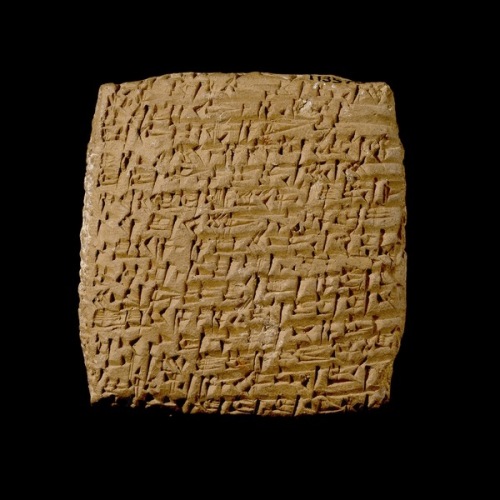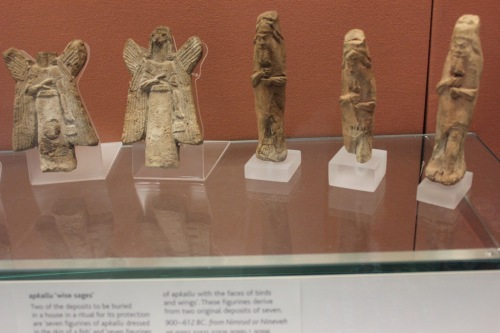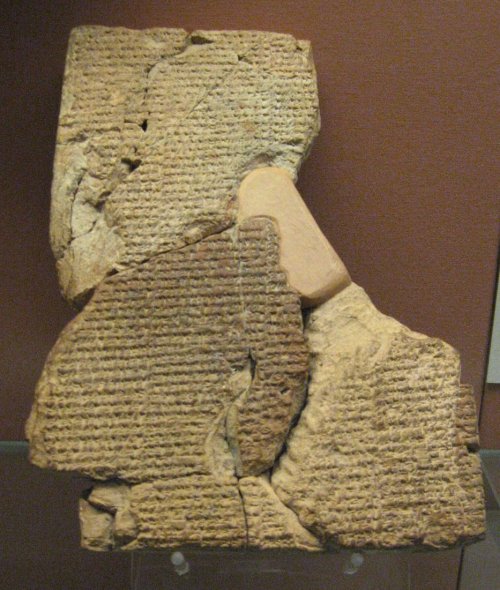Curnow: Atrahasis is More Historical than Noah
“Atrahasis is an interesting figure. By surviving the flood he and his wife became the living links between the antediluvian and postdiluvian ages. They also seem to have been the only human beings to have been made immortal (Leick 2001, p. 83).
More than once the narrative presents Atrahasis talking to Ea, the god of wisdom, and this is perhaps the basis for his own reputation for wisdom. On one occasion he is clearly asking the god to explain a dream to him. However it is also said that his father was called Shuruppak, who was the last king of the city-state of Shuruppak before the great flood.
(Excavations at Shuruppak have uncovered evidence of very substantial flooding there in around 2750 BCE).
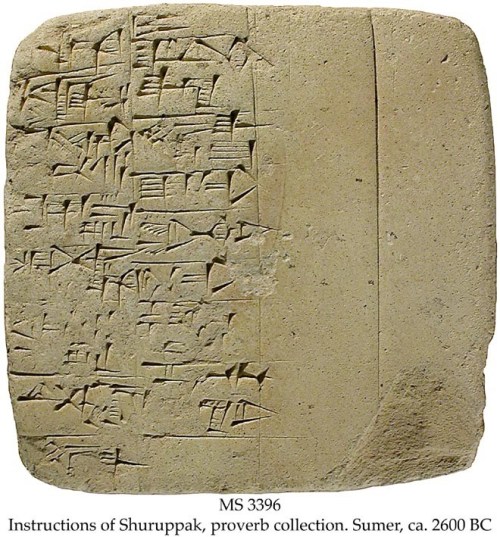
MS in Sumerian on clay, Sumer, ca. 2600 BC.
Context: For the Old Babylonian recension of the text, see MSS 2817 (lines 1-22), 3352 (lines 1-38), 2788 (lines 1-45), 2291 (lines 88-94), 2040 (lines 207-216), 3400 (lines 342-345), MS 3176/1, text 3, and 3366.
Commentary: This Early Dynastic tablet represents the earliest literature in the world. Only three texts are known from the dawn of literature: The Shuruppak instructions, The Kesh temple hymn, and various incantations (see MS 4549).
The instructions are addressed by the antediluvian ruler Shuruppak to his son Ziusudra, who was the Sumerian Noah, cf. MS 3026, the Sumerian Flood Story, and MS 2950, Atra-Hasis, the Old Babylonian Flood Story.
The Shuruppak instructions can be considered the Sumerian antecedents of the Biblical Ten Commandments and proverbs of the Bible:
Line 50: Do not curse with powerful means (3rd Commandment); lines 28: Do not kill (6th Commandment); line 33-34: Do not laugh with or sit alone in a chamber with a girl that is married (7th Commandment); lines 28-31: Do not steal or commit robbery (8th Commandment); and line 36: Do not spit out lies (9th Commandment).
http://www.uned.es/geo-1-historia-antigua-universal/new%20website/IRAK/CIUDADES/instrucciones_de_shurupak.htm
The names of both Shuruppak (the king) and Atrahasis (as Ziusudra) appear in a Sumerian work known as The Instructions of Shuruppak to His Son Ziusudra. The earliest surviving fragments of this have been dated to around 2500 BCE. The work includes a variety of proverbs, aphorisms and observations within a framework indicating that this is Shuruppak’s advice to his son.
Just before the final flourish in which Shuruppak pays his valedictory respects to Nisaba comes line 278, which could either be regarded as a final aphorism, or as a summation of the entire text: “The gift of wisdom [is like] the stars (of heaven).” (Alster 1974, p. 51).
Atrahasis is therefore the beneficiary of both the divine wisdom of Ea and the human wisdom of Shuruppak, and most fittingly called “extra-wise.”
Israel
While there are few believers in Thoth or Marduk in the world today, the idea that anything that appears in the Bible should be treated as mythology will doubtless seem objectionable to some, but there is no obvious reason why Atrahasis should be treated as mythological while Noah is treated as historical.
Indeed Dalley (2000, p. 2) sees in “Noah” a possible derivation from “Utnapishtim,” the Akkadian name of the survivor of the Mesopotamian flood. For present purposes the most important antediluvian figure in the Bible is without doubt Enoch, although in fact the Bible says very little about him and what it does say is vague and confused.
Genesis (4, 5) seems to draw on two different and conflicting genealogies, one of which makes Enoch the son of Cain, the other makes him the son of Jared, a seventh-generation descendant of Adam through the line of Seth.
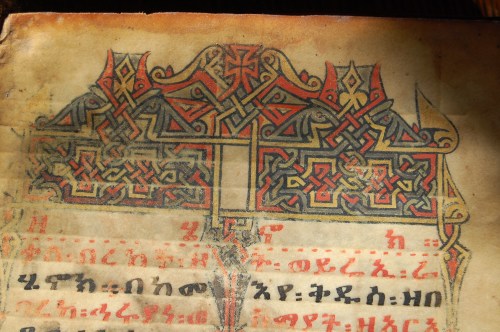
Book of Enoch.
http://theremnanttrust.info/book-of-enoch/
In an enigmatic phrase it is said that “God took him” (Genesis 5:24), and this came to be understood to mean that he ascended into heaven. Towards the end of the first millennium BCE a literature began to grow around Enoch and there survive three books concerning him, sometimes known as the Ethiopic (1), Slavonic (2) and Hebrew (3) Enochs after the languages in which they have been preserved.
Debates concerning the dating of these texts have been as long as they have been inconclusive, and some have argued for 2 Enoch and 3 Enoch to be from the late first millennium AD, and so outside the scope of this work.
Fortunately, it is 1 Enoch that is of most interest here, and for that an earlier date is agreed.”
Trevor Curnow, Wisdom in the Ancient World, Bloomsbury, 2010, pp. 41-2.

